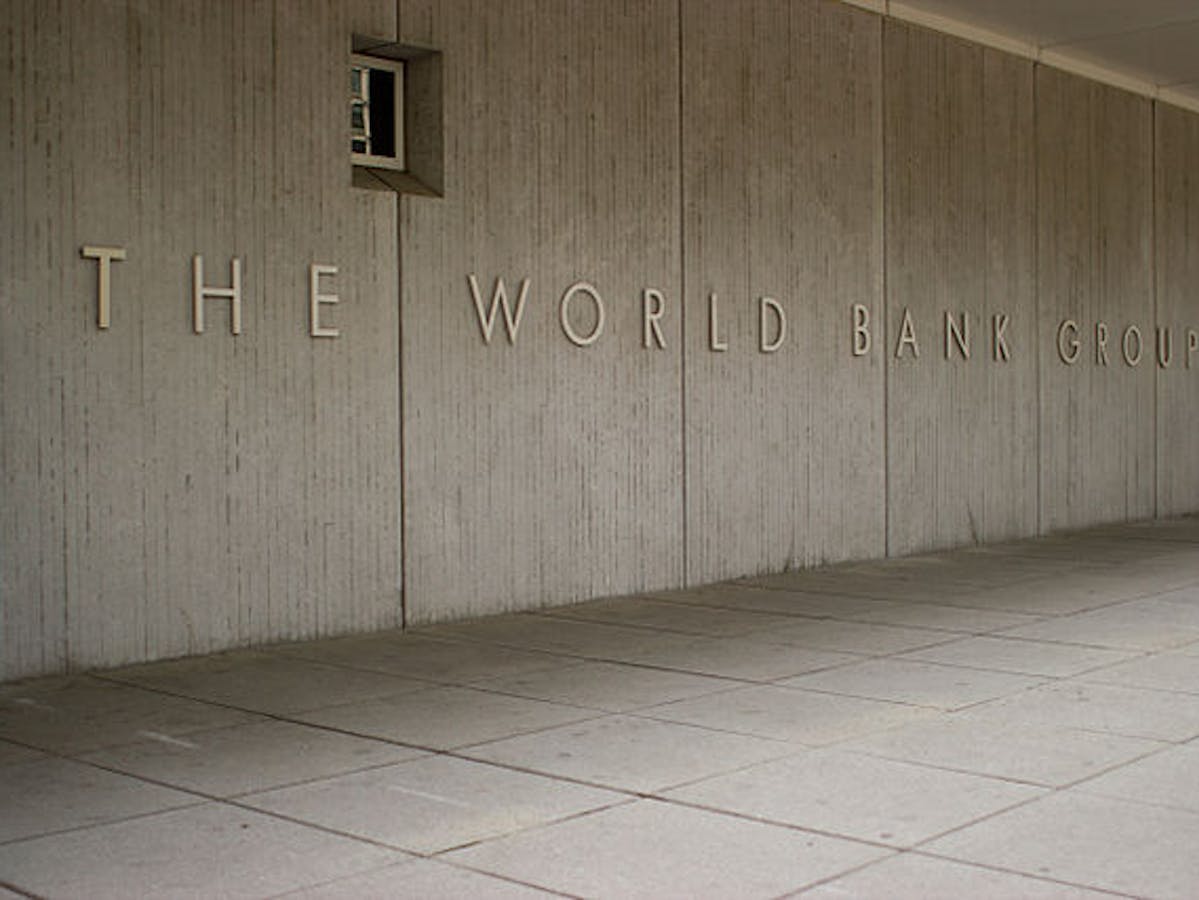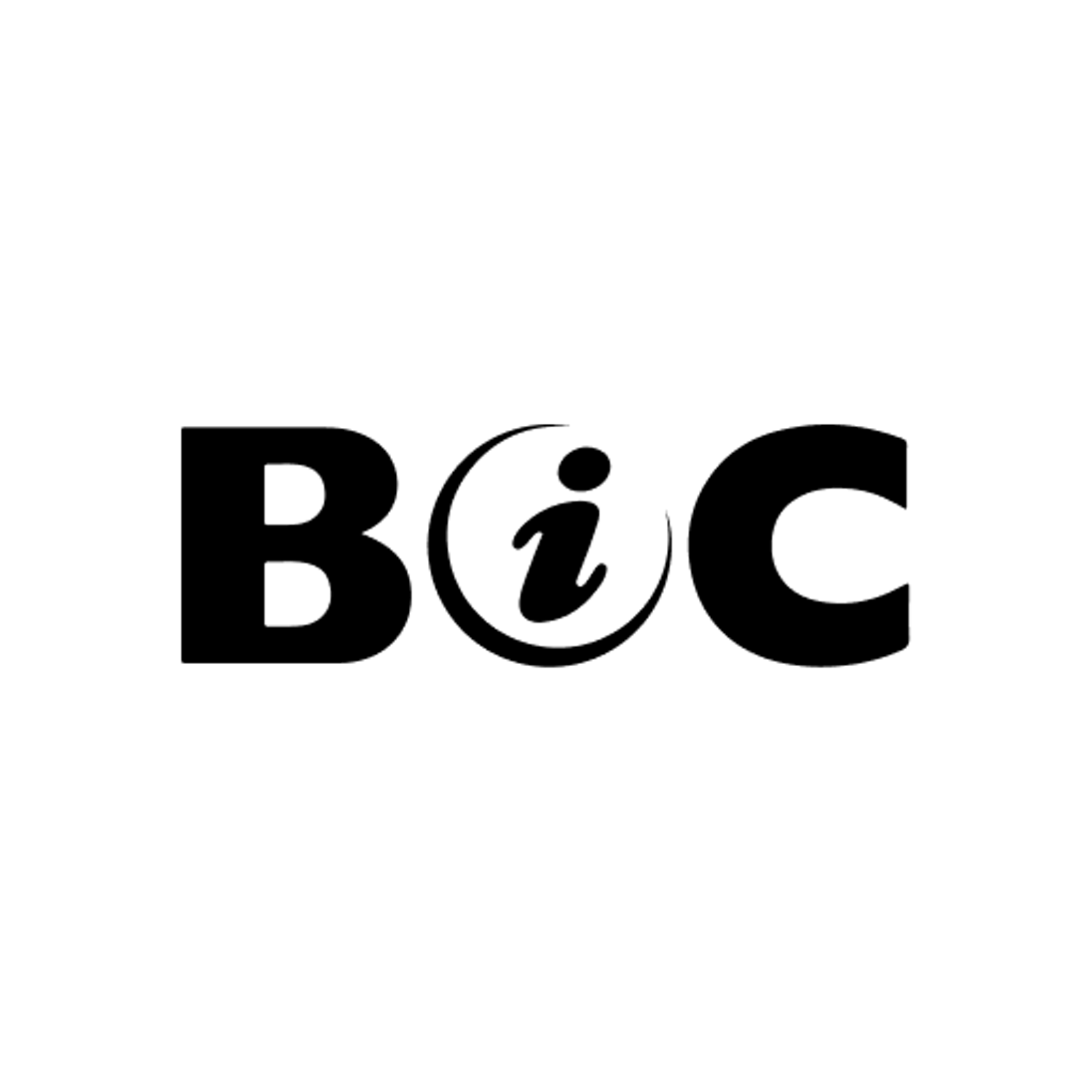How can the World Bank’s new Gender Strategy be strengthened?
Published: November 30, 2023

The World Bank released its draft Gender Strategy 2024-2030 in July, which builds off the Bank’s previous Gender Strategy (FY16-23). The Gender Strategy serves as the World Bank Group's primary framework dedicated to addressing gender disparities and advancing gender equality within its development projects and initiatives.
To maximize the effectiveness of the gender strategy in addressing gender disparities, the Bank should focus the strategy on the areas in which the Bank has the most influence and clearest value-add, the projects it directly finances. The draft strategy focuses heavily on what has already been done in projects to advance gender equality. However, rather than using the gender strategy as an opportunity to pat itself on the back, the Bank should use the strategy to outline the actions it will take going forward to achieve gender equality.
In 2022, BIC published a web update providing three recommendations for the new Gender Strategy: collecting and disaggregating data based on SOGIESC (sexual orientation, gender identity, gender expression, and sex characteristics), addressing gender-based violence (GBV) and sexual exploitation abuse and harassment (SEA/H), and including SOGIESC. The draft of the new strategy is taking strides towards making gender work more inclusive by looking at gender beyond the binary as well as the role men and boys play in gender equality. We commend the Bank for making this move. However, this more expansive approach to gender does not seem to be integrated throughout. And the strategy has also not fully addressed issues of intersectionality. Instead of using the terminology “confluence of gender and other characteristics” and other similarly vague terms, there should be a reference to the list of “disadvantaged and vulnerable groups” from the Environmental and Social Framework (ESF) to highlight which groups might be differently impacted by projects based on their gender. Overall, the strategy still does not fully address all the issues BIC identified in 2022. With that in mind, BIC has the following recommendations for the Bank to consider as it revises the draft strategy.
- Data collection, analysis, and diagnostics should go hand in hand with assessing implementation and impact.
The draft Gender Strategy has a heavy focus on using data collection and analysis to drive gender equality, yet does not specify where the capacity to collect and analyze data will come from or how data will translate into diagnostic tools. It also fails to highlight the need for data on implementation and impact evaluation to measure how projects are actually creating positive change. Our monitoring work has shown that what is in project documents does not necessarily match project implementation, so it is imperative that the strategy leads to more gender-inclusive projects on the ground. As noted in the IEG’s Evaluation of the FY16-23 Gender Strategy, staff being unable to read and analyze data is a major barrier to driving change at the project level. The draft strategy says the Bank will better integrate gender analysis in core diagnostics and assist policymakers, private sector clients, and governments to strengthen gender analysis and improve budget systems, but the strategy lacks clarity on where the capacity to do this will come from. The draft strategy should include increasing the capacity to train and hire gender experts at the country level. It should also specify an additional budget for training and capacity-building of Bank staff, especially related to intersectionality and “disadvantaged and vulnerable groups,” issues where clients often have little capacity or interest in collecting data themselves.
While there is a recognition that data on sexual and gender minorities is scarce, there is no commitment from the Bank to scale up data on sexual and gender minorities. The Bank must work with clients to increase this type of data, with the recognition that this data must be collected in a safe and secure way that doesn’t put any person’s safety at risk. This is especially important in countries that have anti-LGTBQI+ laws. However, this current dearth of data should not stop the Bank from including targeted project components addressing sexual and gender minorities in its projects.
As BIC’s previous web update highlighted, staff capacity is imperative to tackling GBV because staff must be well-versed in reading and understanding GBV data to design appropriate measures to prevent and respond effectively. The Bank should increase focal points and Bank staff with expertise in context-specific GBV data. Alongside strengthening its internal capacity, the Bank should also strengthen client capacity to prevent and mitigate GBV.
The primary diagnostic tool the Bank utilizes in its gender work is the gender tag and flag, which generates data on gender disparities. However, it is unclear how this data is translated into changing project operations and design. The strategy states that project evaluations “can report on and assess gender outcomes in all gender-tagged/flagged operations” to inform future operations. This statement should be revised to state that future operations and evaluations “should” report on and assess outcomes in gender tagged/flagged operations to drive concrete results. Further, the mechanism of the gender tag and flag thus far has been focused on women, often detailing the number of female beneficiaries in projects. While these indicators are important, the Bank needs to emphasize how beneficiaries of projects can actually access and benefit from these projects to advance gender equality rather than focusing solely on the number of females using the metro system, for example. The Bank must also have a plan on how they will adapt the gender tag and flag to an expanded definition of gender and create the capacity for it to generate data on groups that don't currently exist, such as increasing training for staff and a corresponding increase in budget.
2. The GBV components of the strategy should go beyond what the Bank is already doing.
In tackling GBV, the gender strategy should shift its focus to how the Bank’s own projects and programs can contribute to ending GBV. Honing in on how the Bank will end GBV in its projects will enable the Bank to focus on its value add and areas where it can have the most control. The Strategy should also look at GBV from an intersectional perspective and address, for example, the high rates of gender-based violence against LGBTQI+ people or how social exclusion or isolation can make women and girls with disabilities more vulnerable to violence.
As a result of the Uganda Transport Sector Development Project, the Bank has made strides in addressing GBV and sexual exploitation, abuse, and harassment (SEA/H) but still has a long way to go. Box 4.1 “Walking the talk: The World Bank has strong internal processes on gender equality” is framed as if the work on SEA/H is complete given that it has now included SEA/H in the ESF. While the inclusion of SEA/H in the ESF is key, it is important for the Bank to acknowledge where safeguards fall short, such as the gap between project design and implementation and staff capacity. Despite the existence of strong good practice notes on preventing SEA/H, the reality on the ground is that many Bank projects continue to contribute to SEA/H. Similarly, Box 4.1 states that IFC has leveraged its sustainability framework to address gender equity but the reality is that the IFC has financed projects that involve child sexual abuse on a massive scale, as has been reported around the Bridge International Academies investment. Ultimately, the Strategy should be forward looking and must outline a plan for how to overcome these challenges, recognizing how practice is not always in line with policy. The strategy will have the greatest impact where it highlights the concrete steps the Bank will take to strengthen its approach to GBV and SEA/H in its projects.
The Strategy should specifically include how the Bank can build off the SEA/H reforms and explain how ending GBV and SEA/H prevention are particularly relevant for human capital and social protection projects, for example. As written, the strategy fails to make the connection between GBV and human capital, such as how combating GBV or SEA/H in the workplace can increase women’s economic empowerment, or how social protection projects can be more gender inclusive by taking a child protection lens. There should also be a focus on mainstreaming gender into the Bank’s work across all sectors. Specifically, climate change and fragility contexts are intensifying GBV, SEA/H, and violence against children (VAC). Yet, the gender strategy misses an opportunity to describe how it will interact with and relate to climate change action plans and the Bank’s FCV strategy.
3. Include sexual orientation, gender identity, gender expression, and sex characteristics (SOGIESC) throughout the strategy.
The draft gender strategy expands the scope of gender to include gender beyond the binary rather than solely focusing on women and girls, as the previous strategy did. The inclusion of sexual and gender minorities is welcome. Still, it is not incorporated throughout the strategy, and it is unclear why sexual and gender minorities are referenced in some outcomes but not all if the Bank is taking a more expansive approach to gender. For example, the Bank is still relying on the definition of gender from the 2012 World Bank Development Report on Gender and Development. Instead, it should use a more inclusive definition of gender. We propose the following definition to replace the current gender definition footnote on page 1 of the strategy:
“Gender refers to a socially constructed set of rules, responsibilities, entitlements, and behaviors associated with being a woman, a man, or a non-binary individual. These social norms and practices are multifaceted.Their consequences differ among and within cultures, change over time, and intersect with other factors (e.g., age, class, disability, ethnicity, race, religion, citizenship, and sexual orientation). The term gender can also refer to a characteristic of a person, though it is not interchangeable with the terms sex or women. As a personal characteristic, gender includes one’s gender identity (how someone understands their own gender) and gender expression (how someone expresses their gender through appearance, behavior, names, and activities that have social meaning related to gender).”
This definition change will set the tone for the strategy, but it cannot serve as a replacement for the inclusion of sexual and gender minorities in all outcomes throughout the document. Having this explicit reference signals to staff that gender no longer means women and girls, and they must look at the gendered impacts of all projects through an intersectional lens. Additionally, the sections “Engage Women as Leaders” and “Advance women’s participation, decision-making and leadership” need to be reframed to adequately address the Bank’s new inclusive approach.
Ultimately, we urge the Bank to scale up its capacity on gender by: allocating additional budget and staff to support making all projects gender-sensitive and enabling all to benefit, focusing on how to build in GBV and SEA/H prevention and response in all projects, and fully including sexual and gender minorities throughout all the outcomes in the final strategy.
